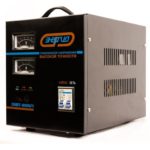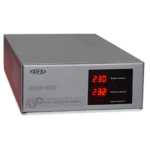Grid drops are not new to most electricity consumers. Such "surprises" do not have the best effect on electrical appliances, sometimes even provoke their combustion. Therefore, you need good protection against voltage surges 220V for your home. You can choose a ready-made device or make a simple device with your own hands.
Causes of power surges
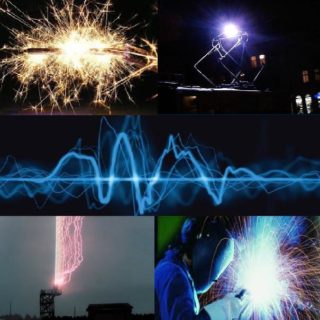
The main provoking factors for voltage drops in the network are:
- Simultaneous load from several powerful devices. Most often this happens in winter, when residents of an apartment building or village connect electric convectors.
- Poor quality electrical equipment or faulty wiring / wiring.
- Weather conditions - heavy wind, thunder, thunderstorm, lightning.
- Improper use of electrical appliances.
- Carrying out welding works provided that the device is connected to the network at home
In all the above cases, both voltage surges and voltage drops can be observed.
Types of network changes
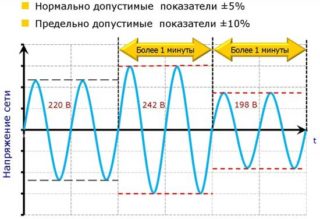
There are several types of voltage surges:
- Deviations. Here we mean a change in amplitude, the duration of each of which is more than 60 seconds. Moreover, there are normally permissible and maximum permissible deviations. In the second case, the norm is considered to be no more than 10% of the normal.
- Fluctuations (voltage drop). Here the amplitude changes downward and is up to 60 sec. Also, an indicator up to 10% of the optimum is considered normal.
- Overvoltage. This is a sharp increase in current above the 242 volt mark. The duration of such jumps is up to 1 sec.
Voltage surges are small but extended changes in the network, or extremely high, but short-term drops. In the latter case, they are called impulse.
How to properly protect household appliances
Don't underestimate the importance of surge protection. Regular changes in the network lead to a malfunctioning electronics of precision equipment, disable relays and motors of refrigerators and freezers. Often they even contribute to the combustion of equipment. To prevent this from happening, you need to equip the house with reliable protective devices.
Voltage monitoring relay
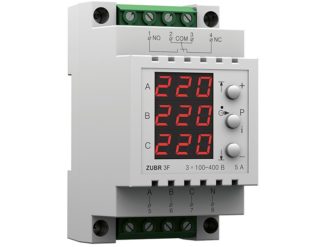
This overvoltage protection allows you to instantly disconnect all devices from the network. The device monitors the Volt parameters and, when they rise sharply, blocks the power supply to household appliances. After the network stabilizes its work, the device turns on again and starts the equipment.
There are point relays (plugs and adapters), as well as devices of the type of machine for installation on a DIN rail to a switchboard. In the first case, the devices control and protect individual household appliances. So to speak, they are individual. The second option is a reliable power surge protector for the entire home.
The voltage relay is not a stabilizer. It should not be confused with this type of equipment. The relay only monitors the voltage level and, if necessary, breaks the circuit to zero.
Voltage regulator
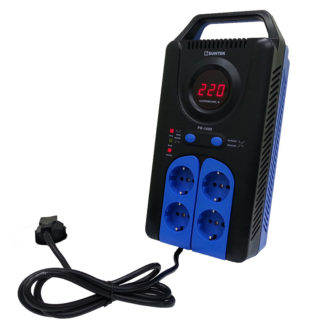
Such voltage protection involves changing the parameters in Volts until they are brought to a normal state. For example, a washing machine or TV connected through a stabilizer always operates at the same voltage. If the device catches a sharp jump, then only the normal indicator of 220-230 V passes to household appliances.
The main technical parameters of stabilizers are response time to a step, stabilization accuracy, input voltage ranges and the level of emitted noise.
All devices of this type are divided into several types:
- Relay. The cheapest types of stabilizers. Have a low power level. If they are still used, then on separate household devices.
- Electromechanical (also called servo). The operating characteristics of such devices differ little from relay stabilizers. The only difference between the former and the latter is a slightly higher price.
- Electronic. Such devices are assembled on the basis of a triac or thyristor. Such stabilizers are distinguished by good power, durability, and accurate response to voltage surges. With the fastest possible action, electronic devices provide reliable protection against voltage surges.
- Electronic double conversion. These stabilizers are the most expensive of all. At the same time, they protect well both individual household appliances and the entire electrical network in the house. There are single and three-phase devices. The first is used in everyday life. The second - at large industrial and commercial facilities. Double conversion stabilizers are able to smooth out sharp drops in the ranges from 90 to 380 volts with excellent accuracy.
For a private house, it is better to buy an inverter stabilizer.
UPS (Uninterruptible Power Supply)
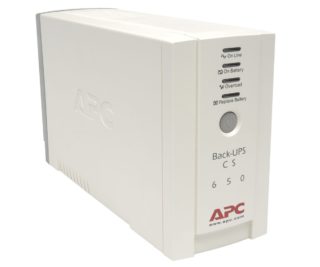
The main task of the UPS is not to protect against high voltage, but to provide an autonomous backup power supply during sudden and short power outages. Such devices are especially needed in private houses, if the problem of frequent blackouts is acute in the village.
There is also a type of uninterruptible power supply with a stabilizer function. If a sudden high voltage surge occurs, such a UPS is able to instantly switch to backup power and equalize the Volt parameters in the network to optimal.
Voltage drop sensor
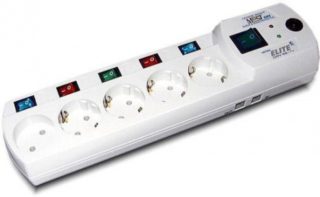
This small device, like a relay, monitors power surges. But it is mounted immediately with an RCD (residual current device). If the sensor detects a violation of the network parameters, it provokes a leakage current. In this case, the RCD detects it and cuts off the power to the house in emergency mode.
Line filter help
This device is a good protection for LED lamps from burnout and any other household appliances. Outwardly, it resembles an extension adapter for several outlets. A circuit breaker or fuse is built into the line filters. If a sudden overload occurs in the network, the device will simply cut off the circuit.
You can also use a special surge protection device to protect the LEDs.
How to choose the best protection for your home
The choice in favor of one or another device to protect against network drops should be made based on the main problem and operating conditions of the device:
- If the house has a normal power supply with a stable voltage, but at the same time the lights are often turned off, it is better to give preference to an uninterruptible power supply.
- If there is electricity all the time, but there are voltage surges, it is advisable to put a stabilizer on the entire network. Or at least connect the most expensive types of equipment through surge protectors.
The best solution would be to install both types of devices.They are able to complement each other.
The most modern device is considered to be an uninterruptible power supply with a double power converter ON-LINE. It is able to stabilize voltage in wide ranges in real time. If the light is turned off, the device automatically switches to battery operation - it works as an autonomous generator.
DIY protection system
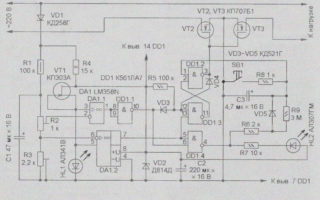
If you wish, you can independently make a simple device to protect the refrigerator from changes in the network. To do this, you can take a standard transformer from an old TV as a basis.
It is necessary to sequentially turn on one of the available secondary windings with the primary winding. The primary is connected to the network using a fuse. Then, a load is applied to the Tuesday and primary windings connected in series.
It is very important to connect the beginning of the secondary to the end of the primary winding. If this principle is not followed, the input voltage will be reduced, not increased. As a test of the instrument, two standard 98W bulbs can be connected in parallel.
The finished device, assembled in this way, is connected to the network. Here you need to check the voltage at the input and output. If the device overheats, you need to replace the transformer with a more powerful one. According to this scheme, the simplest household stabilizer for an apartment is assembled with your own hands.

